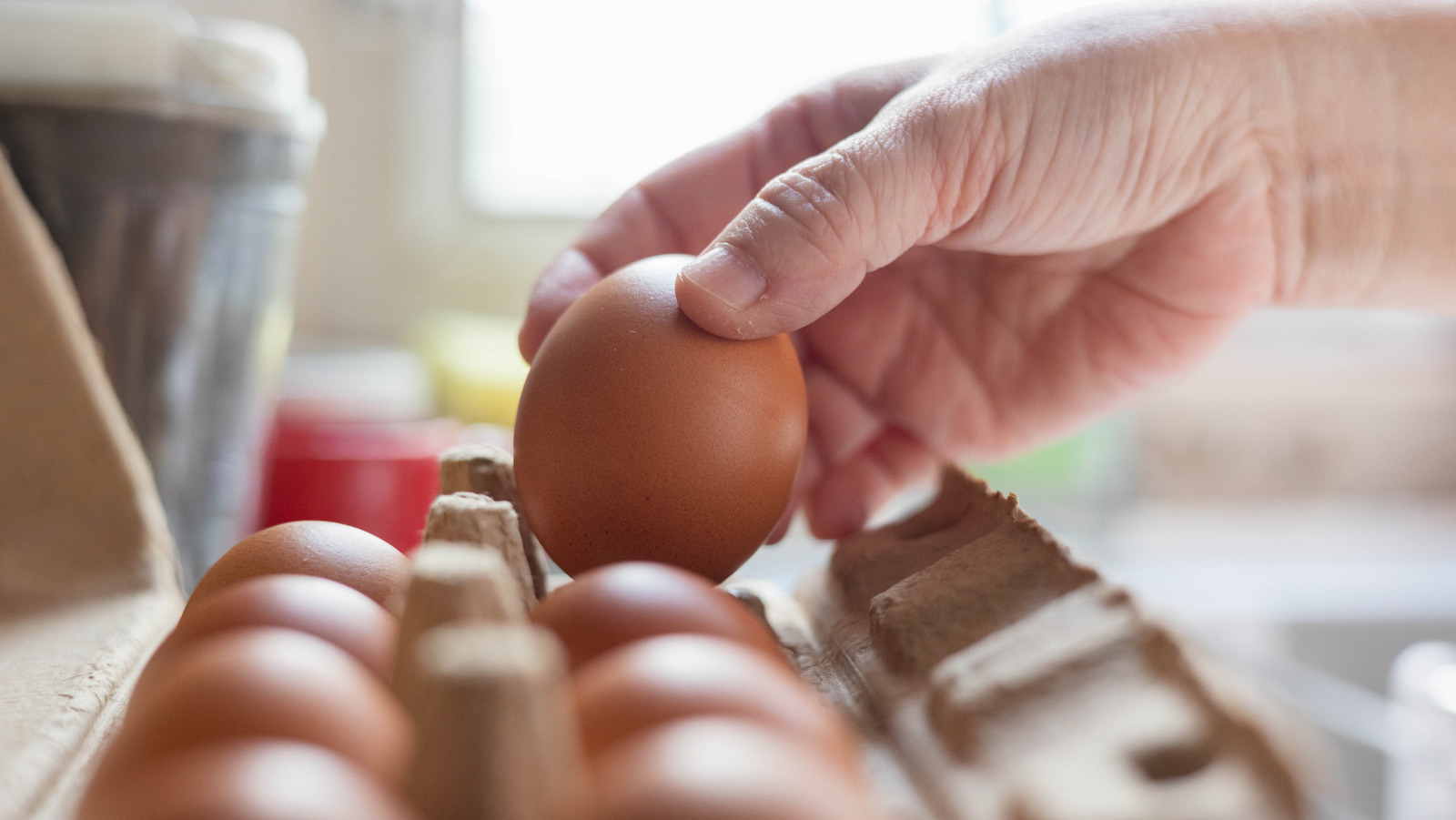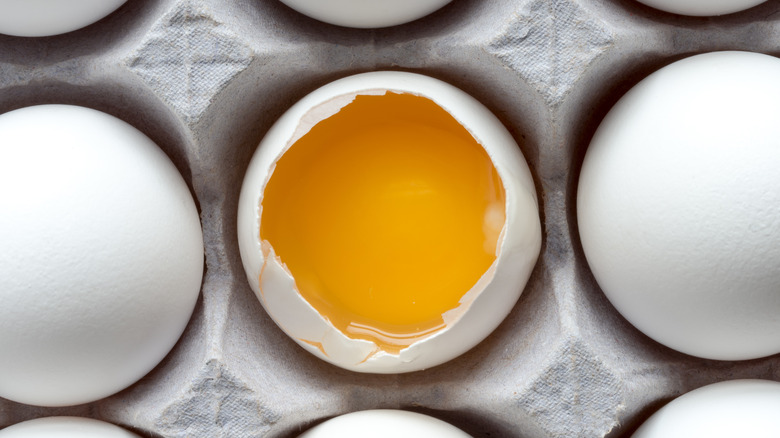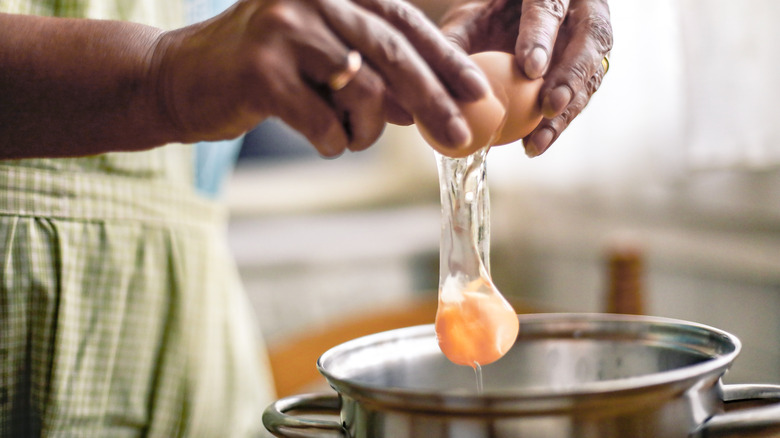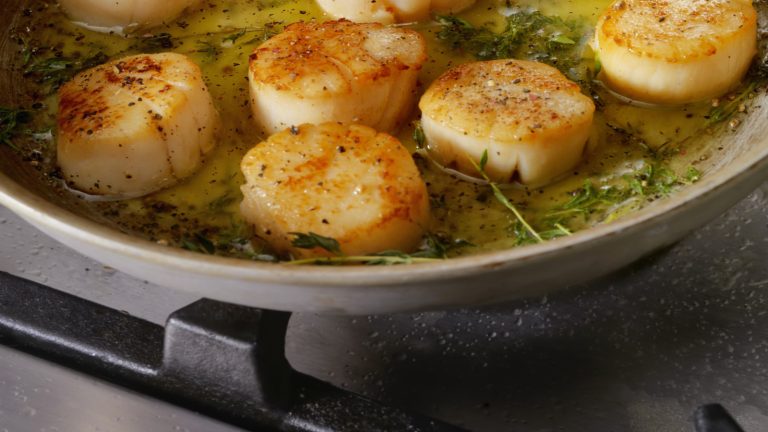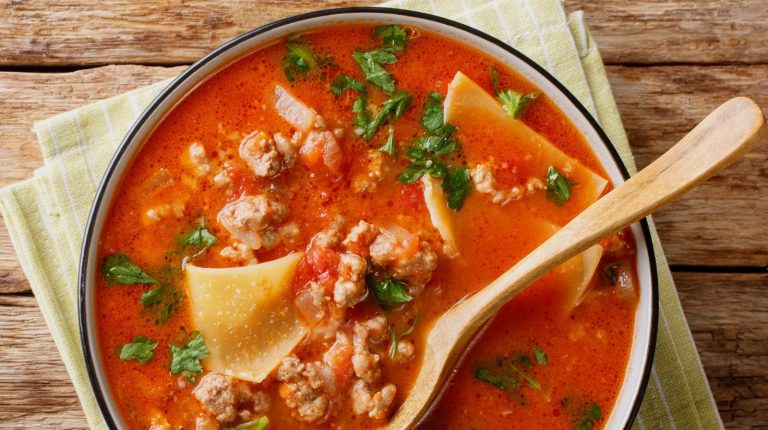Recurrent, widespread egg recalls often send consumers looking for alternatives. In such a search, you may have heard of pasteurized eggs, which are heat-treated to safeguard against bacteria. But how can eggs be pasteurized without becoming cooked in the process? To get the skinny on the product, Food Republic reached out to expert Elisa Maloberti, a food safety manager at the American Egg Board.
Maloberti explained the process for preparing pasteurized eggs, which account for less than 3 percent of all eggs produced in the United States, per USDA. “The shell egg pasteurization process begins by placing shell eggs into a series of temperature-controlled water baths,” she detailed. “These baths are carefully calibrated to gradually raise the internal temperature of the entire egg to just below the point where the egg would begin to cook (also known as the coagulation point).” The delicate practice of keeping the eggs at the exact right temperature for a precise amount of time kills bacteria without cooking the egg. Following pasteurization, the eggs are rapidly cooled to a temperature of 40 degrees Fahrenheit for safety and freshness.
Maloberti doesn’t recommend attempting to pasteurize eggs yourself (though methods for at-home pasteurization are floating around online). “Pasteurizing shell eggs at home requires precise, carefully controlled temperatures that are difficult to achieve without specialized equipment,” she warned. “If the eggs don’t reach the right internal temperature for the right amount of time, harmful bacteria may survive — or you may accidentally start cooking the egg.” A commercial product is best — luckily, distinguishing pasteurized eggs at the supermarket is easy, as they are labeled clearly for consumer identification.
Pros and cons of pasteurized eggs
Using pasteurized eggs is an especially good idea for those who are more vulnerable to the effects of foodborne illness, such as elderly persons and women who are pregnant. The products are also recommended if you’re preparing a recipe that calls for uncooked or only partially cooked eggs, such as making eggnog that is safe to drink or whipping up eggs over easy.
While pasteurized eggs are considered safer for consumption than their raw counterparts, they do have drawbacks. The currently used protocol for pasteurization impacts the eggs’ appearance and texture as well as their function in certain recipes. “The heating process used during pasteurization causes a small amount of protein denaturation, which can make the egg whites appear slightly cloudy.” Elisa Maloberti explained. This is not harmful to the ingredient and will not impact flavor in any way, but the expert pointed out that it may impact texture. “[Because of denaturation,] pasteurized egg whites may not whip up into stiff foams as well as raw egg whites do. This means they may not perform as expected in recipes that rely heavily on stable egg white foams — like meringues or angel food cake.”
The treated products also typically cost more than other types of eggs, due to the process and time involved for pasteurization. New technologies are being explored to quicken the procedure and have less impact on the egg white proteins, but these methods aren’t yet available for commercial deployment.
In-home alternatives to using pasteurized eggs
If you don’t have a pasteurized product at hand, methods can be effectively and safely executed in your home kitchen to gently cook eggs before incorporating them into recipes. For beverages and frozen or soft-stirred custards, the eggs should be beaten together in a heavy saucepan with ¼ cup of liquid or sugar per egg (or a combo of liquid and sugar equaling ¼ cup). “Cook over low heat, stirring constantly, until the mixture reaches 160 [degrees Fahrenheit] and coats a spoon with a thin film,” Elisa Maloberti instructed. “Immediately place the pan in ice water and stir until cool. Proceed with the recipe.”
A similar procedure can be used for preparing raw egg-containing homemade spreads like mayonnaise, hollandaise, or Caesar dressing. “Beat yolks with at least 2 tablespoons of a liquid (like lemon juice or vinegar) per yolk — do not use oil,” Maloberti detailed. “Cook over very low heat, stirring constantly, until the mixture reaches 160 [degrees Fahrenheit] and coats a spoon. Immediately place the pan in ice water and stir until cool.”
For chilled desserts and frostings that call for raw egg whites, gently whisk the whites with 2 tablespoons of sugar and 1 teaspoon of water per egg white, along with ⅛ teaspoon cream of tartar per two whites, in a saucepan, double boiler, or metal bowl. “Cook over low heat or simmering water, whisking constantly (avoid foaming) until the mixture reaches 160 [degrees Fahrenheit],” Maloberti advised. “Transfer to a bowl and beat on high until soft peaks form.”


